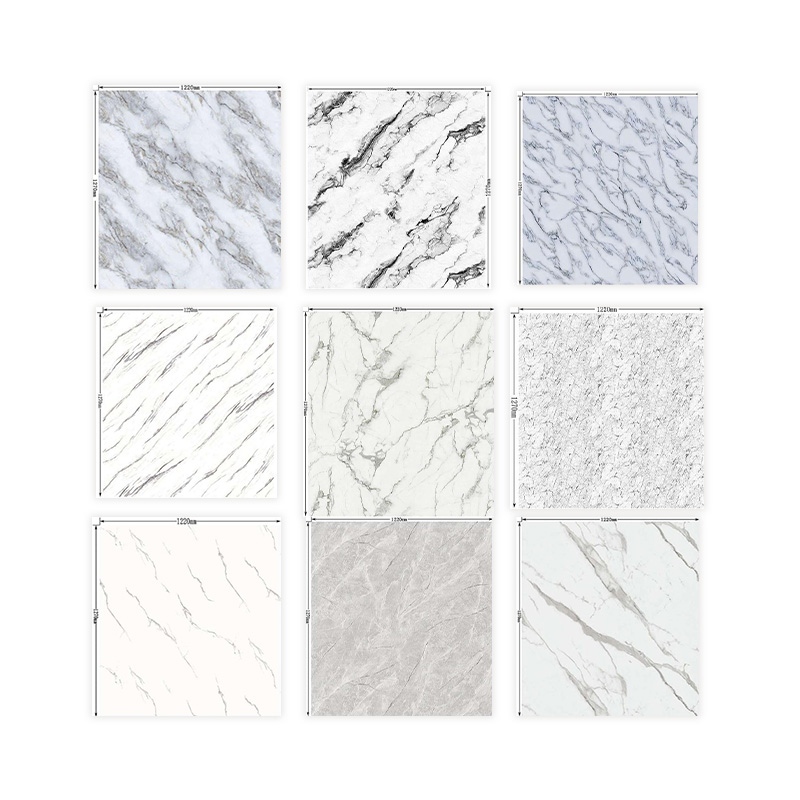How Many Types of Wall Panels Are There? Analysis of 7 Mainstream Materials
When your home needs renovation, wall panel choosing is very important. However, since there are many kinds of wall panels in the market, from solid wood, stone to other new materials, do you feel confused and don’t know how to start?
In fact, the key to choosing wall panels is to understand the material. The material directly determines the environmental friendliness, durability, decorative effect and final budget of the wall panel. Today, this guide will systematically sort out the 7 mainstream materials of wall panels for you.
Table of Contents
Seven Mainstream Types of Wall Panels
1. Wooden wall panels
Wood wall panels can achieve the most natural, warm and luxurious decoration effects.
- Solid wood wall panels: They are processed directly from natural wood and have special textures, a warm and smooth feel, and extremely high environmental friendliness. However, it is extremely expensive and sensitive to temperature and humidity. Moisture-proofing and maintenance need to be taken care of; otherwise, it will crack and deform.
- Integrated wall panels/bamboo fiber wall panels: This is the absolute main force in the current home decoration market. It is mainly formed by extruding bamboo powder, wood powder, PVC and high molecular materials at high temperatures. Its greatest advantage is its water and moisture resistance, sound insulation and heat preservation, quick installation (using modular snap-on installation), and the surface film coating technology enables it to have an extremely rich variety of patterns, imitating wood grain, stone grain, etc., with a very high cost performance.
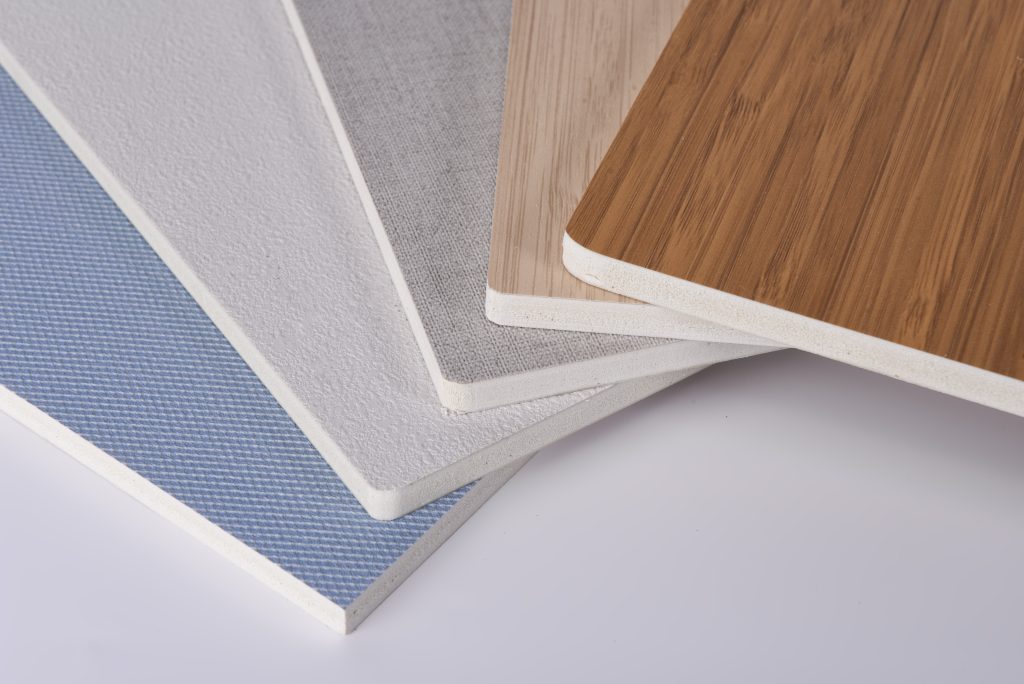
2. Stone wall panels
If you are in pursuit of a luxurious, grand and durable style, stone wall panels are an excellent choice.
- Natural stone (marble/granite) : It features naturally formed magnificent textures, each piece unique and of high quality.
- Artificial stone/rock plate: The “Internet celebrity” in the current decoration industry. Through industrial production, the texture is controllable and the performance is outstanding. It even surpasses natural stone in terms of hardness, stain resistance and environmental protection.
Common advantages: High-end, durable, fire-resistant, and easy to clean.
Common drawbacks: Expensive price, heavy installation, and a cold touch all year round.
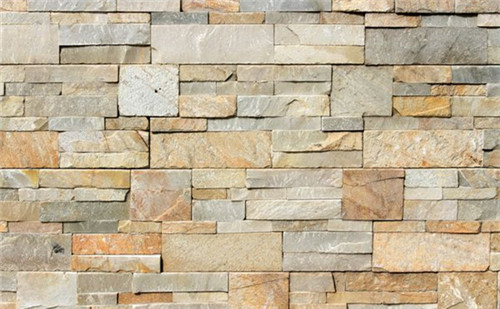
3.PVC Wall Panels
This type of wall panel is renowned for its excellent water resistance and affordable price, making it particularly suitable for damp Spaces such as kitchens and bathrooms. In recent years, its SPC and WPC wall panels have been highly favored for their environmental friendliness and stability.
- Traditional PVC wall panels: Mostly hollow structure, light in weight, the lowest in price, but with average texture and durability, they are mostly used for commercial work or temporary partitions.
- SPC wall panel
Main components: The main components are limestone powder (stone powder) and polyvinyl chloride.
Core features: High density, high hardness, and extremely stable. Due to its high stone powder content, it is almost unaffected by thermal expansion and contraction, and its stability is the best among all PVC wall panels. Meanwhile, it is usually produced by pure physical processes, which can achieve zero formaldehyde addition, is environmentally friendly and non-toxic, and is an excellent choice for floor heating environments. - WPC wall panels
Key constituents: Polyvinyl chloride and wood powder/bamboo powder are key constituents.
Key features: Due to the presence of wood powder, its appearance and texture are more similar to real wood, and it feels warmer underfoot with better toughness. But it is comparatively less hard and dimensionally stable than SPC, and the likelihood of deformation in extremely high-temperature applications (e.g., if the temperature of the floor heating is too high) is slightly greater compared to SPC.
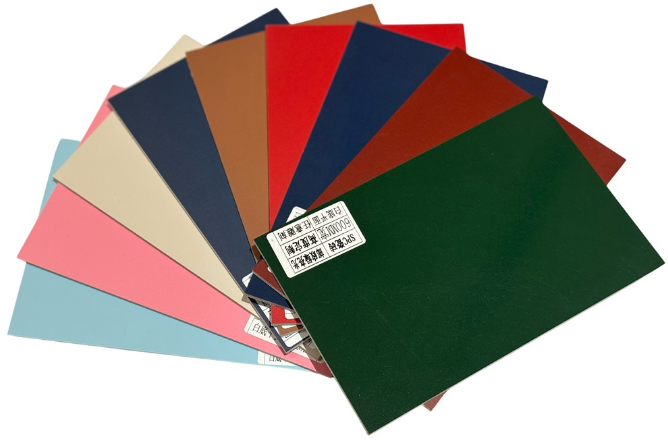
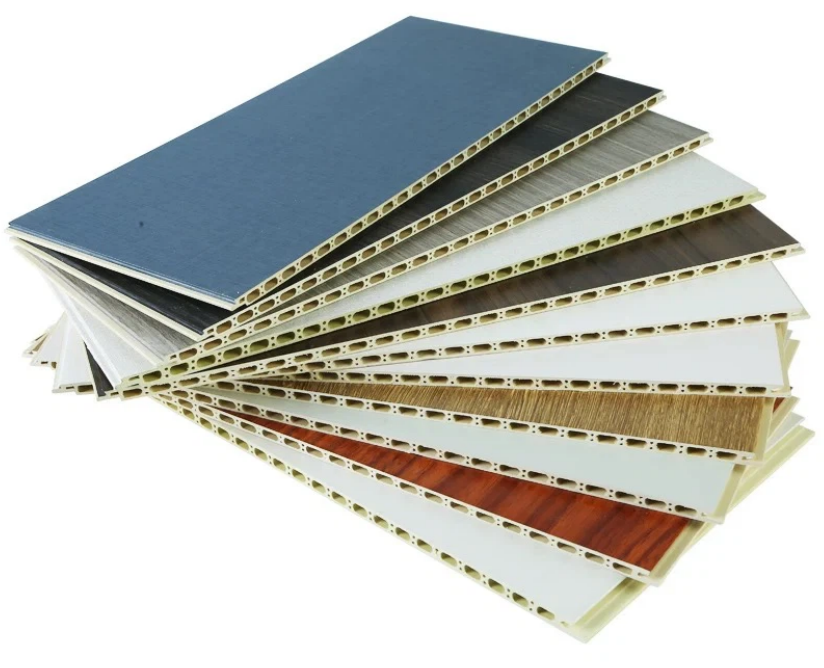
4. Gypsum wallboards
Gypsum board is usually used as the bottom layer of ceilings and walls, yet its plastic nature helps it function as a valuable aid in wall shaping.
- Core features: It is extremely easy to cut into various complex lines, curves and three-dimensional shapes. It is also extremely cheap, and it provides good fire resistance.
- Significant disadvantages: Not waterproof or moistureproof, rather brittle in character, prone to dings and damage, and typically requires putty and paint for the intended effect.
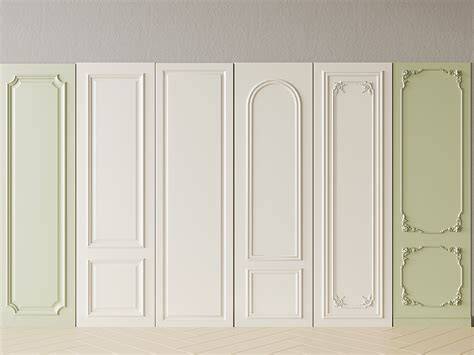
5. Glass wall panels
It is used to enhance the sense of spatial transparency and modern artistic atmosphere.
- Common types: lacquered glass, embossed glass, art glass, etc.
- Advantages: It can make the space appear bright and transparent, visually expand the area, and is very easy to clean with good waterproof performance.
- Disadvantages: Fragile, poor privacy (unless a specific type is selected), and high installation process requirements.

6. Metal wall panels
It is commonly seen in modern, industrial or tech-savvy commercial and residential Spaces.
- Common materials: aluminum plate, stainless steel plate, copper plate, etc. The surface can be treated with spraying, brushing, mirror finish, etc.
- Advantages: Fireproof and moisture-proof, sturdy and durable, easy to clean, and can easily create a cold and avant-garde futuristic feel.
- Disadvantages: It is relatively expensive, has a cold touch, is prone to leaving fingerprints, and requires frequent maintenance.
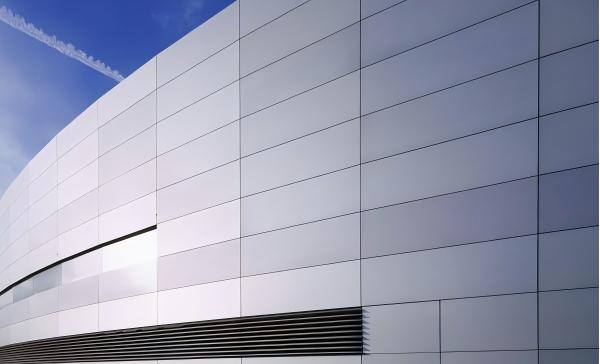
7. Ceramic wall panels
With the advancement of technology, large-sized ceramic tiles (ceramic slabs) are emerging as a dark horse in the wall panel market.
- Advantages: Waterproof and fireproof, wear-resistant and corrosion-resistant, extremely convenient to clean and maintain, rich in patterns and high cost performance.
- Disadvantages: Installation requires professional techniques and adhesives. The integrity and seamless effect are not as good as those of the one-piece formed wall panels, and the texture is cold.
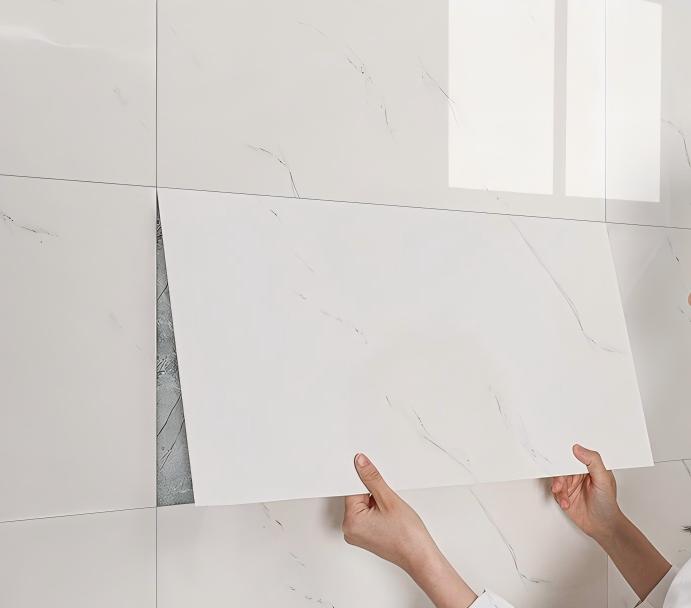
Comparison of Wall Panels
| Type of wall panel | Core advantages | Core drawback | Price range (approximately) | Optimal applicable space | Style fit |
| Solid wood wall panels | Natural texture, high-end and environmentally friendly, with a warm and smooth touch | It is expensive, prone to moisture and deformation, and requires maintenance | high | Living room, study, bedroom | Chinese, European, classical |
| Integrated wall panels (bamboo and wood fiber | Quick installation, waterproof and moisture-proof, soundproof and heat-insulating, with a variety of patterns | The texture is not as good as that of solid wood, and the market quality varies | In the | The entire house (especially the kitchen, bathroom and living room | Versatile (modern, simple, etc. |
| Gypsum board | Strong styling ability, low price, and fireproof | It is not waterproof, prone to damage and afraid of bumps | Low – medium | Background wall, ceiling and wall design | European style, French style, simple style |
| Stone/rock plate | Luxurious and grand, durable and wear-resistant, easy to clean | It is expensive, heavy and has a cold touch | high | TV background wall, kitchen countertop | Modern, light luxury, industrial |
| Metal plate | It has a strong modern feel, is fireproof and durable, and easy to clean | It is expensive, feels cold to the touch and is prone to leaving marks | Medium to high | Commercial space, kitchen, background wall | Modern, industrial, and technological |
| PVC wall panel | Super waterproof, high hardness, stable impact resistance, environmentally friendly and zero formaldehyde | The texture is rather hard and cold | In the | Kitchen and bathroom, balcony, and the entire house (floor heating is the top choice) | Modern and simple |
| Glass plate | Transparent and bright, easy to clean, and expands the sense of space | Fragile, with poor privacy and high installation requirements | Medium to high | Bathroom, partition, background wall | Modern and minimalist |
Frequently Asked Questions (FAQ)
Q1: What exactly are the differences between SPC and WPC wall panels? Which underfloor heating system should I choose for my home?
The most crucial difference lies in the base material. The SPC (stone plastic) base material is stone powder, which has higher hardness and excellent stability. It is almost unaffected by the heat of floor heating and is the first choice for floor heating environments. WPC (wood-plastic) base material contains wood powder, which gives it a stronger wood-like feel and a warmer touch. However, when exposed to long-term baking in a floor heating environment, its risk of deformation is higher than that of SPC.
Q2: Which is more waterproof and durable, integrated wall panels or SPC wall panels?
Answer: Both are very waterproof. However, in terms of hardness and impact resistance, SPC wall panels are superior because they have a higher density and are more resistant to bumps. Integrated wall panels (bamboo and wood fibers) perform better in terms of sound insulation and heat preservation. You can weigh the specific needs of the space.
Q3: How to determine if wall panels are environmentally friendly?
Answer: Firstly, merchants are required to provide product test reports, with a focus on formaldehyde emission. The standard should at least reach the national E1 level, and ENF level or stricter European and American standards are preferred. Secondly, products with high inorganic material content such as SPC, rock plates, and metal plates are usually more likely to meet high-standard environmental protection requirements.
Q4: What is the general price per square meter for wall panels?
Answer: There is a huge price difference. Please refer to the above table. From low to high, it is roughly: gypsum board < PVC board < integrated wall panel < metal/glass panel < solid wood/stone. The specific price is affected by brand, thickness and craftsmanship. It is recommended to conduct an on-site inspection.
Conclusion
Choosing wall panels is all about choosing the most suitable “skin” for your home space. It is hoped that this guide, combining in-depth analysis with useful comparison tables, can become a powerful assistant on your decoration journey, dispelling the confusion and making your decisions simple and confident.






